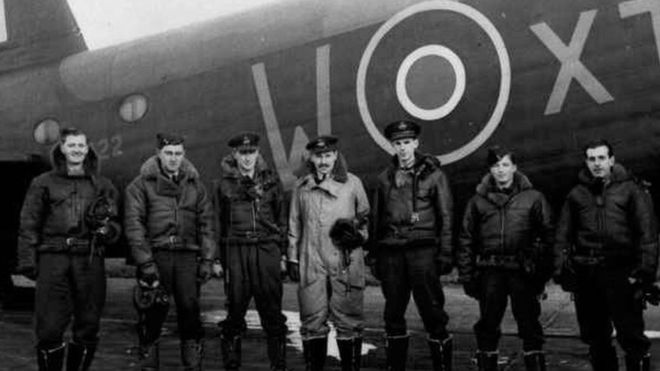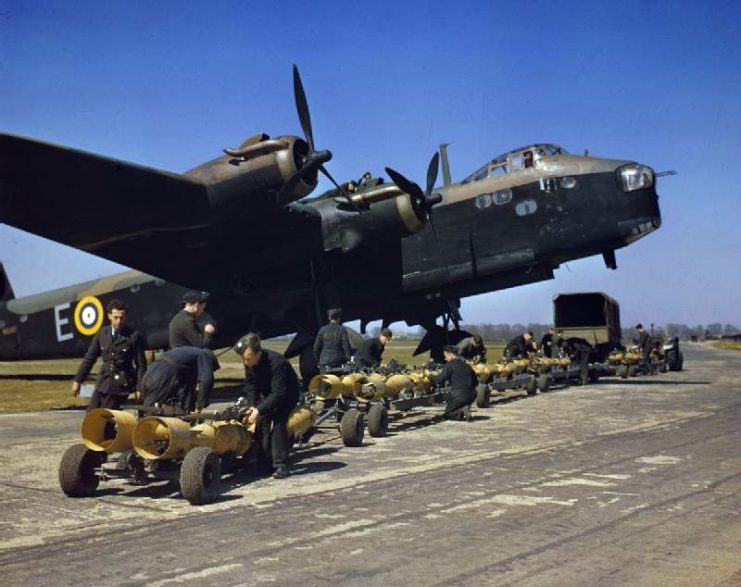Preparations have been started in order to recover the plane from the lake in March. The Bomber Command Museum of Canada is working with the Consett Police to locate family members of Sergeant Bell.
Sergeant Charles Armstrong Bell was serving in the British Royal Air Force during World War II when his Short Stirling bomber BF716 was shot down by German anti-aircraft fire.
He was listed as missing in action along with six other members of his crew.
The wreckage of that plane was discovered in January 2020, 77 years after it crashed into Laker Markermeer in the Netherlands. It is believed that the remains of the crew members are still on board the plane.
The plane was shot down on its return from a bombing run in Germany.

After the police department used social media to request help in locating family members of Sgt. Bell, a family member contacted them with information. Relatives of the other six airmen have been located as well.

Charles Armstrong Bell is believed to have been the son of James Ainsley Bell and Elizabeth Bell. Bell’s memorial stone lists him as a husband and a son, which leads researchers to believe that he did not have any children.
He was married to Frances. The two lived at 10, Quebec Street, Langley Park.
After she was widowed, Frances eventually married John Wharton. She died in 2003.
It is possible that Frances had a sister named Lilly Dobbin. Frances died in 2003. There is no record of Lilly Dobbin.
Since the authorities do not know the whereabouts of Bell’s relatives, they are using social media to reach for information on his family.

The Markermeer is one of the largest freshwater lakes in Europe. It is used to regulate the water level in the rest of the Netherlands.
The Short Stirling was introduced to the RAF in 1941. At one point, it was carrying the majority of the load for British bombing missions.
There were 2,383 built in total by the Short Brothers company and Belfast Austin Motor Company in the UK.
At the end of WWII, the Short Stirling was found to be obsolete and was used for transport duties only. It was one of the few British bombers that was intended to be a four-engine design from the beginning.
Most of the other British bombers were originally designed to be two-engine planes. The design made the planes capable of reaching Berlin, if required.
The Mk III variation of the Short Stirling was the model that became the main bomber for the RAF. It was used in 28 RAF bomber squadrons.
A typical Short Stirling carried seven crew members – two pilots, a navigator/bombardier, a nose gunner, a flight engineer, and two dedicated gunners. In addition to the crew, the plane could carry 14,000 pounds of bombs or cargo.
Found: USS Grayback, Final Resting Place of 80 Entombed Sailors
The Short Stirling was used by air forces in Belgium, Egypt and the United Kingdom. Nazi Germany flew captured and recovered Short Stirlings in their specialist Luftwaffe air group – Kampfgeschwader (“KG”) 200.
